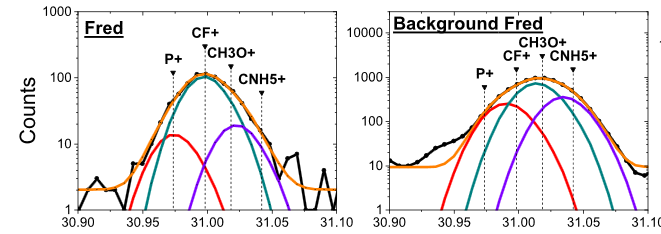The Rosetta spacecraft was the first mission to enter orbit around a comet, its subject: 67P/Churyumov–GerasimenkoESA
Researchers have detected phosphorus on a comet – thereby completing the grocery list of elements that are essential for life. The discovery was made in data from comet 67P/Churyumov-Gerasimenko by the Rosetta probe a few years ago, strengthening the idea that life’s ingredients were delivered to Earth by comets.
Six chemical elements make up almost all biological molecules on Earth: carbon, hydrogen, nitrogen, oxygen, phosphorus and sulfur (CHNOPS). How our home planet managed to become so bountiful in all of them has long been a mystery, but one of the leading hypotheses is that they were brought here long ago by comets, asteroids, and impacts with proto-planets.
The first four are simple enough – they’re the main ingredients of carbonaceous asteroids, the most common type of space rock in our neighborhood. Sulfur turned up during a chemical analysis of comet 67P’s gassy coma, which according to ESA would give it a pungent rotten egg smell.
That left just phosphorus. Previous studies have suggested that this element, crucial for making the compound that our cells use to store and transfer energy, is relatively rare across the universe. And without it, life may not emerge very easily.
Now, the stuff has finally been found on a comet. A new study, led by the University of Turku in Finland, made the discovery by analyzing data from the Cometary Secondary Ion Mass Analyzer (COSIMA) instrument onboard Rosetta. The instrument collected dust particles from the coma of comet 67P, photographed them, and measured them using a mass spectrometer.
In those solid particles, the team detected minerals containing phosphorus ions. This first-time discovery marks the last required CHNOPS element to be found in a comet, lending weight to the hypothesis that these icy objects were responsible for delivering the ingredients of life to Earth, billions of years ago. They’ve also been proposed to be the source of other vital compounds, such as amino acids and “ocean-like” water.
The team also detected fluorine in the dust, in the form of CF+ secondary ions. Exactly what role it plays in the comet’s environment remains unknown, but the researchers say it’s a curious find nonetheless.
The research was published in the journal Monthly Notices of the Royal Astronomical Society.
https://newatlas.com/space/phosphorus-comet-67p-churyumov-gerasimenko-rosetta/
